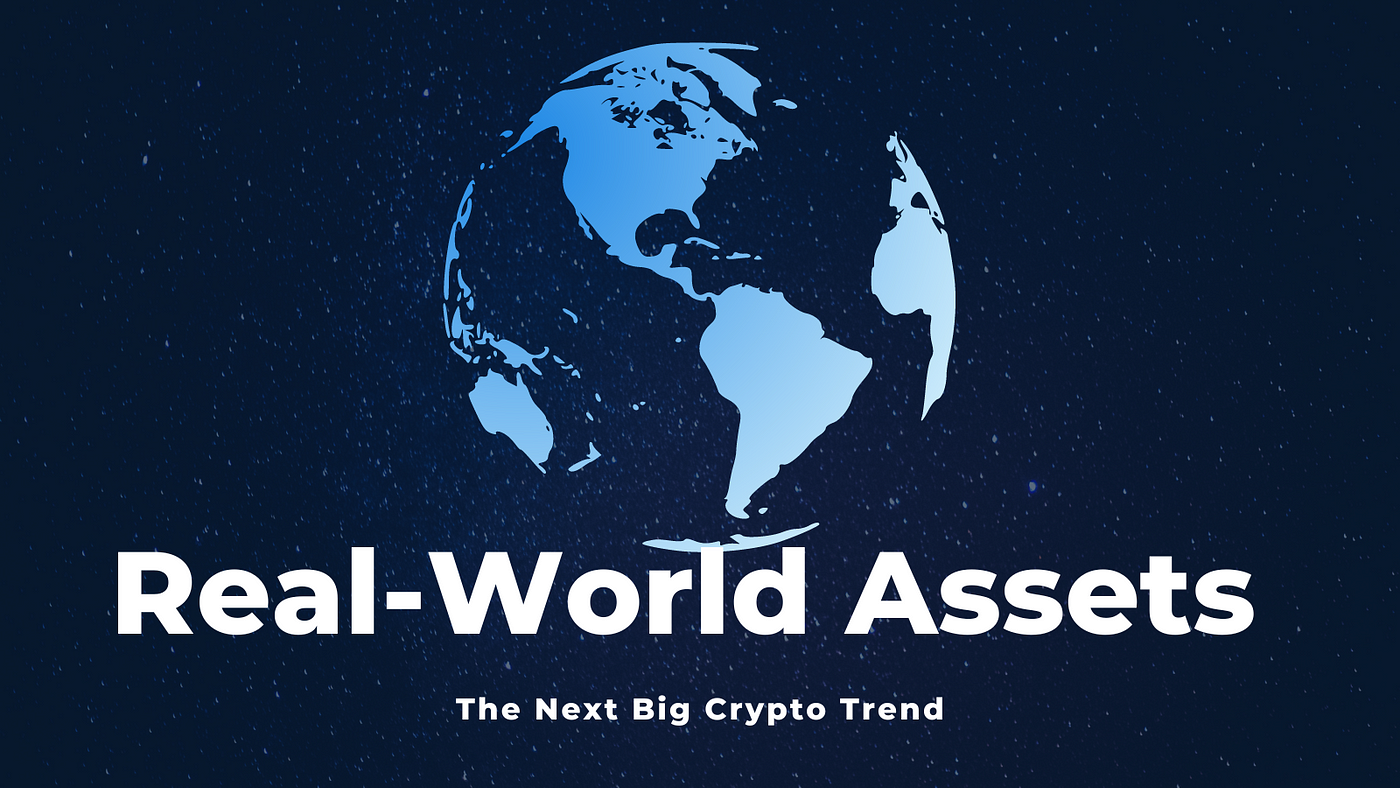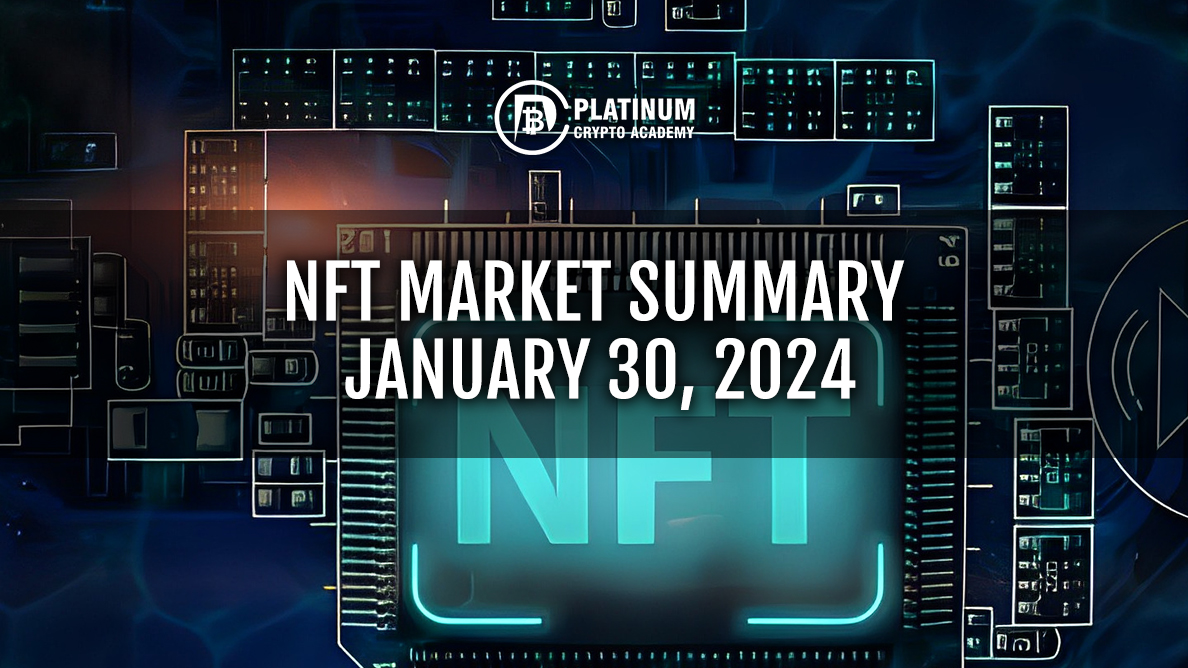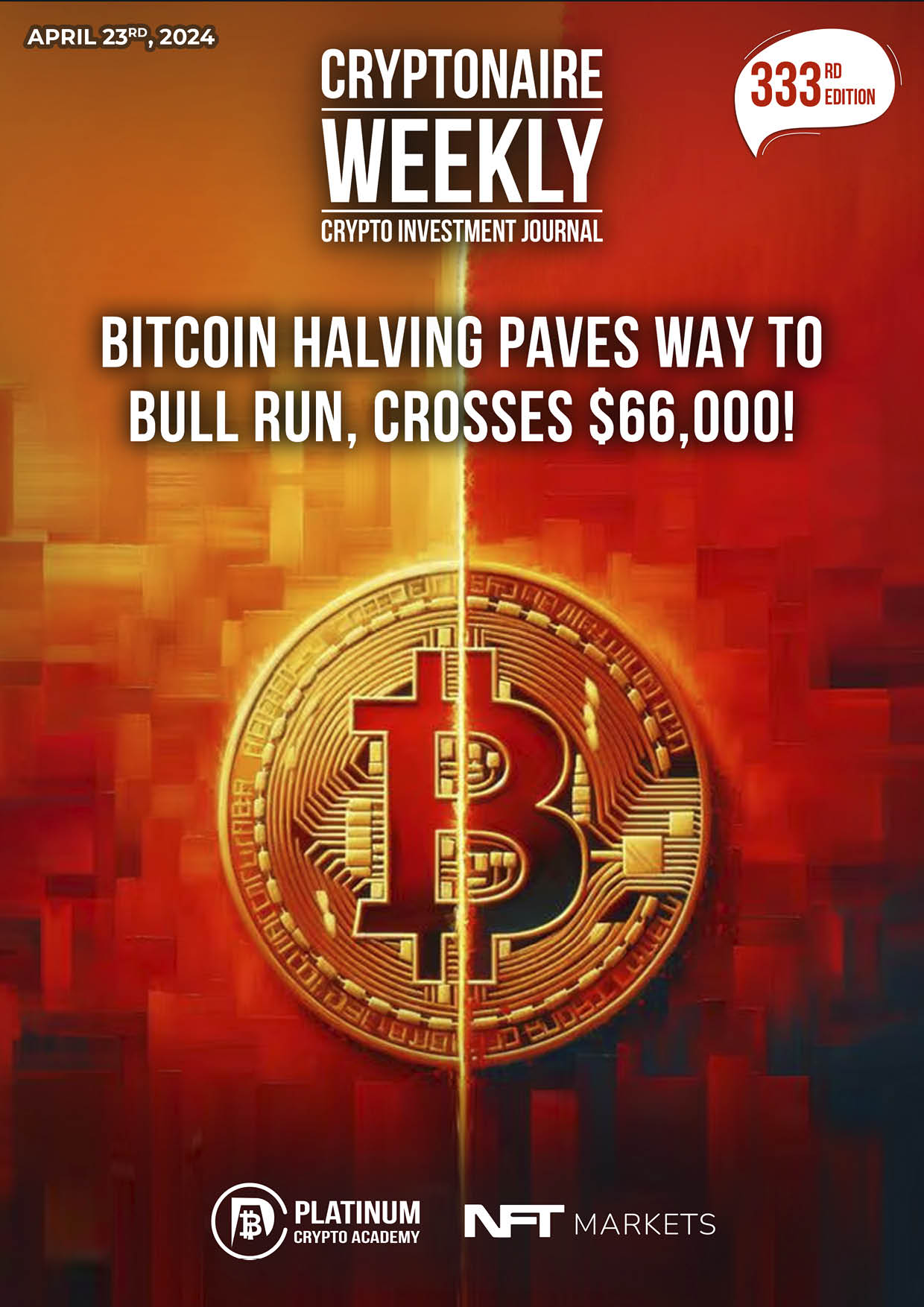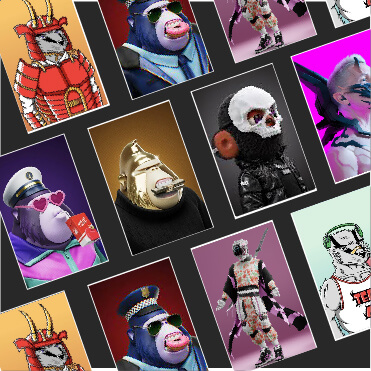Even though the market has been going through a tough time lately, with companies like OpenSea cutting half of their staff last week, experts predict that things will get much better. They expect the market to almost double in value, going from $1.6 billion in 2023 to $3.2 billion by 2027. In October, the volume of NFTs (Non-Fungible Tokens) reached its highest point since the end of August, and it was 38% higher than the lowest week in September, according to data from Nansen.
The main attraction of these tokens is that they prove you own something and show where it comes from. This is super important, especially in areas like art, gaming, and keeping customers interested. NFTs are like a key to creating a digital world where everything is clear and responsible.
Discussing the challenges for the market to grow in 2024, Matt Medved, the co-founder and CEO of the media company nft now, shared with me in an interview: “A lot of people who aren’t really into this specific community think of NFTs as generic art projects and crazy high prices. Just like how people used to see cryptocurrency as suspicious in the early days, some folks dismiss the whole NFT world as a ‘scam.’ It’s crucial to educate people so they understand the importance of digital ownership, new ways NFTs can be used, and the big changes happening with web3.”
In an interview with John Wu, President of the development firm AVA Labs, he emphasized the transformative potential of NFTs, stating, “NFTs offer artists the opportunity to establish ownership of their digital creations, generate additional revenue streams, and foster community engagement around artists’ work.”
Here are five more things that experts are predicting will happen with NFTs in 2024.
Real World Assets (RWAs) Integration

Connecting NFTs with real-world assets means turning physical things (that aren’t easily sold) into tokens that can be quickly traded online, allowing for fast investments across borders. This shift from only digital assets to a mix of digital and real-world things could make NFTs even more interesting, bringing together regular finance and the growing world of blockchain.
According to Max Thake from the blockchain platform peaq, integrating real-world assets (RWAs) with NFTs is a fantastic use case. It turns assets that are not easily sold into tokens that can be quickly traded on the blockchain. This allows for instant investment across borders in various projects, especially in infrastructure and other developments.
In the real estate world, tokenization fits well with what millennials like – it gives them more flexible ways to invest and own property, changing how the market works. And when it comes to art and collectibles, tokenization lets lots of people share ownership of expensive pieces. This not only makes it easier to buy and sell stuff but also makes sure everyone knows what things are worth.
Require Regulatory Clarity
People who know a lot about this stuff are saying that NFTs need to be simpler and we need clear rules in place. Having clear rules is important to make sure that regular people and investors are safe, and it helps the NFT world to become more stable and develop properly.
This idea highlights the importance of having clear rules in place to make sure NFTs (Non-Fungible Tokens) work well and are dependable. When there are clear rules, the NFT world can become more stable and reliable, helping the industry grow in a sustainable way.
Even though it’s not expected that there will be any new rules about NFTs in 2024, Rusty Matveev from the blockchain app Calaxy says that for fair regulations on NFTs, the industry needs to teach policymakers about the unique value and details of NFTs, different from cryptocurrencies. While having rules is necessary, making sure they treat different Web3 technologies fairly is a tricky job and shouldn’t be done hastily, according to Matveev in our conversation.
Market Growth Can Cause Value-Based NFTs

The early boom of NFTs, which was mostly fueled by speculation, is evolving into a market that focuses more on the actual worth of these digital assets. In 2024, it’s important for projects to reflect on the genuine value and usefulness they offer. This change is pushing for NFT projects that are not only more lasting but also more valuable, able to handle changes in the market without losing their worth.
In an interview, Richard Gardner, CEO of Modulus, explained that NFTs serve a common purpose across various industries such as fashion, rare gemstones, and pharmaceuticals: countering counterfeiting. Gardner pointed out that whether dealing with high-value fashion items, handbags, or essential medications like those used to combat malaria in Africa, counterfeiting poses a significant challenge. He also highlighted the potential application of NFTs in the rare gemstones market, where they could authenticate the ethical sourcing of stones from mines free of child labor.
In another instance, authors and educators adapted their works into NFT formats, leading to the emergence of NFT Publishing Marketplaces like Bookwire. These platforms served as a space for the distribution of digital formats within the NFT ecosystem.
This line of thinking plays a crucial role in guiding the NFT market toward a more value-centric and sustainable path. In this context, projects flourish based on the practical benefits they offer rather than being driven solely by speculative excitement.
Thake added that the subsequent phase involves a more composed, rational, and practical exploration for use cases where NFTs can contribute tangible value. He predicts an increase in the prevalence of NFTs that derive value from their utility rather than mere speculation.
Environmental Issues
The computations needed to validate transactions and create new tokens on the blockchain contribute to the carbon footprint associated with them. It is estimated that an average NFT will release 211 kg of carbon dioxide (CO2) throughout its lifespan, a result of the processes involved in both its creation and acquisition.
In an interview, Ilya Rybchin, a partner at business consulting firm Elixirr, brings attention to an ethical dilemma encountered by environmentally conscious consumers. He notes that “many individuals interested in NFTs are also environmentally conscious, and investing in an asset with a significant environmental impact poses an ethical challenge for them.” Consequently, companies should factor in the environmental impact when making decisions.
Artist & Brand Collaborations

Seen as a significant step in promoting NFT adoption and creative expression, collaborations between well-established brands, artists, and digital art communities are recognized within the industry.
The initiation of the Web3 artist residency by Adidas has brought attention to the merging of art and fashion, reaching a wider audience of creators and investors. Collaborative efforts contribute to cultivating a more inclusive NFT ecosystem, ultimately paving the way for increased mainstream acceptance of NFTs.
Rusty Matveev, during an interview, expressed that endeavors such as the Adidas Digital Art Studio Residency possess the capability to serve as a substantial catalyst for the revival of the NFT market. Involving artists and creators in these initiatives is expected to contribute to the promotion of NFT adoption and encourage creative expression.
According to an email from Matt Medved, he holds the belief that market growth is propelled by innovation and culture. Medved emphasized that NFTs have played a significant role in bringing blockchain technology into the mainstream by involving creative industries and introducing a new wave of creators and builders to web3. He pointed out that as our daily lives increasingly revolve around digital interactions, the concept of ownership will become crucial across various categories. Notably, Fortune 500 brands such as Starbucks and Lufthansa are actively launching loyalty programs, while industries like gaming, music, and fashion, each worth billions of dollars, are presently adopting and integrating this technology.
Experts concur that the trajectory of NFTs in the future is not expected to mirror the bullish trend observed in 2021. However, some experts discuss the possibility of a market resurgence in 2024. This optimistic perspective is grounded in the emergence of utility and value-oriented projects, innovative collaborations, and a growing demand for real-world applications.



